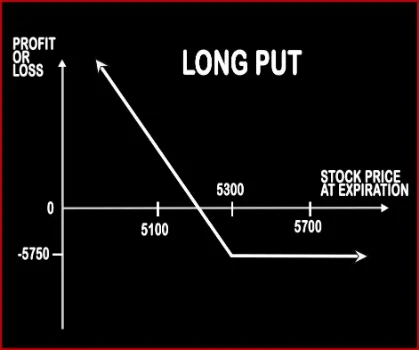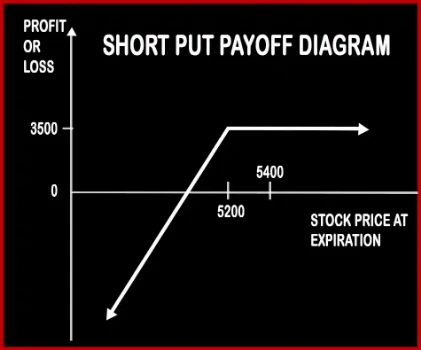Compare Strategies
| LONG PUT | SHORT PUT | |
|---|---|---|

|

|
|
| About Strategy |
Long Put Option StrategyThis strategy is implemented by buying 1 Put Option i.e. a single position, when the person is bearish on the market and expects the market to move downwards in the near future. |
Short Put Option StrategyA trader will short put if he is bullish in nature and expects the underlying asset not to fall below a certain level. Risk: Losses will be potentially unlimited if the stock skyrockets above the strike price of put. |
LONG PUT Vs SHORT PUT - Details
| LONG PUT | SHORT PUT | |
|---|---|---|
| Market View | Bearish | Bullish |
| Type (CE/PE) | PE (Put Option) | PE (Put Option) |
| Number Of Positions | 1 | 1 |
| Strategy Level | Beginners | Beginners |
| Reward Profile | Unlimited | Limited |
| Risk Profile | Limited | Unlimited |
| Breakeven Point | Strike Price of Long Put - Premium Paid | Strike Price - Premium |
LONG PUT Vs SHORT PUT - When & How to use ?
| LONG PUT | SHORT PUT | |
|---|---|---|
| Market View | Bearish | Bullish |
| When to use? | A long put option strategy works well when you're expecting the underlying asset to sharply decline or be volatile in near future. | This strategy works well when you're Bullish that the price of the underlying will not fall beyond a certain level. |
| Action | Buy Put Option | Sell Put Option |
| Breakeven Point | Strike Price of Long Put - Premium Paid | Strike Price - Premium |
LONG PUT Vs SHORT PUT - Risk & Reward
| LONG PUT | SHORT PUT | |
|---|---|---|
| Maximum Profit Scenario | Profit = Strike Price of Long Put - Premium Paid | Premium received in your account when you sell the Put Option. |
| Maximum Loss Scenario | Max Loss = Premium Paid + Commissions Paid | Unlimited (When the price of the underlying falls.) |
| Risk | Limited | Unlimited |
| Reward | Unlimited | Limited |
LONG PUT Vs SHORT PUT - Strategy Pros & Cons
| LONG PUT | SHORT PUT | |
|---|---|---|
| Similar Strategies | Protective Call, Short Put | Bull Put Spread, Short Starddle |
| Disadvantage | • 100% loss if strike price, expiration dates or underlying stocks are badly chosen. • Time decay. | • Unlimited risk. • Huge losses if the price of the underlying stock falls steeply. |
| Advantages | • Limited risk to the premium paid. • Less capital investment and more profit. • Unlimited profit potential with limited risk. | • Benefit from time decay. • Less capital required than buying the stock outright. • Profit when underlying stock price rise, move sideways or drop by a relatively small account. |